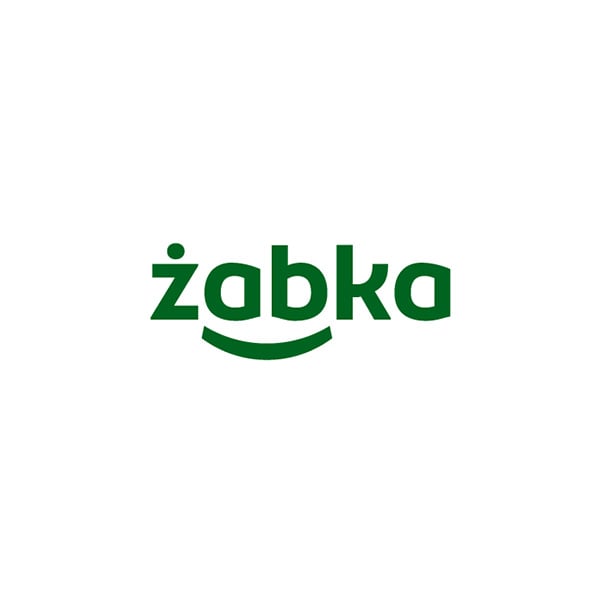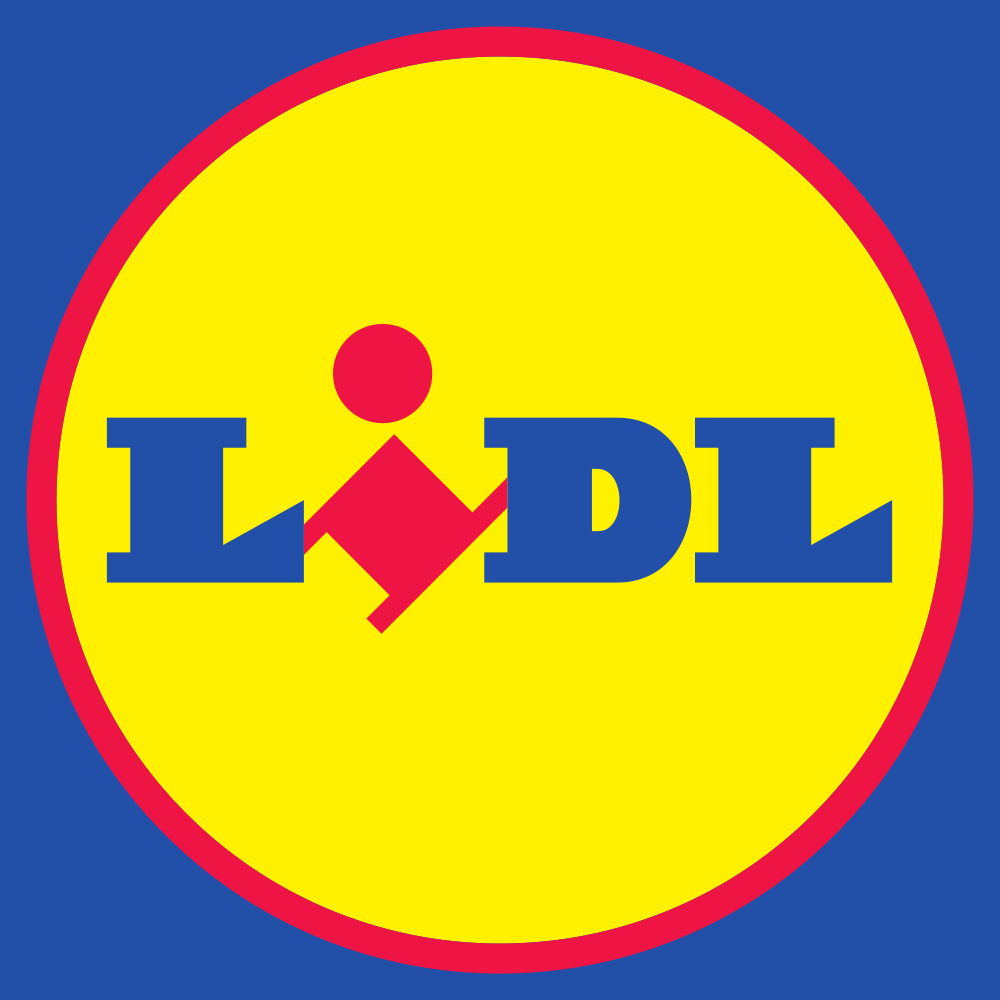Increasing numbers of companies are beginning to realize that traditional loyalty programs are a thing of the past. Today, based on plastic cards, paper coupons or SMS, promotions don't have the effect they once did. The digital age focuses on immediacy, personalization and convenience. Which makes digital wallets a perfect fit for these needs.
Digital wallets can collect not only payment cards, but also essential travel documents such as boarding passes and event tickets. These capabilities translate into simple transactions and security for their users.
In this article, you will know how digital wallets are evolving from simple payment tools into comprehensive loyalty management platforms, and what benefits both companies and customers can reap. You will also look at real-life examples of brands that are successfully implementing e-wallets as a key element of their marketing strategies.
Explore our Digital Wallet Offer
Table of Contents:
1. Introduction to Digital Wallets?
2. Modern loyalty = digital loyalty
4. Examples of brands that use Digital Wallet in loyalty
5. Why do brands rely on e-wallets for loyalty?
6. What should you consider when designing an e-wallet with a loyalty function?
7. Payment Integration for Digital Wallets
8. Mobile Wallets as a tool for building customer experience
9. E-wallets as a sales and remarketing channel
10. Digital Wallets and E-commerce
Introduction to Digital Wallets
Digital wallets are having a revolutionary impact on how transactions are handled. Whether they are online transactions or traditional forms of payment. Popular digital wallets such as Google Pay, Apple Pay and Samsung Pay offer a convenient and secure method of making payments. Using near-field communication (NFC) technology to transmit payment information to a payment terminal, these digital solutions eliminate the need for physical debit or credit cards.
One of the outstanding features of digital wallets is their own ability to store multiple forms of payment. This versatility allows users to easily make choices based on individual preferences. In addition, digital wallets often have integrated dedicated programs and reward points, enhancing the overall user experience.
As contactless payments become more widespread, digital wallets are growing in popularity. Businesses are increasingly accepting these payment methods, making it easier for customers to make online purchases and personal transactions. The convenience and security offered by digital wallets are driving their popularity, making them an essential tool in the modern payment landscape.
Modern loyalty = digital loyalty
Just a few years ago, customer loyalty and engagement was measured by collecting stamps, points for purchases and discounts sent via email. Today, this is considered an outdated form of competing for consumer attention. Customers expect brands to understand their needs, offer immediate benefits and integrate into their daily habits. On top of that, they count on having all these processes at their fingertips. Ideally directly on a smartphone.
Allowing customers to use digital wallet payments across various platforms, including online, in-person, and mobile transactions, is crucial for providing a seamless experience.
Digital Wallet is becoming a focal point of this relationship today - not only as a means of payment, but also as:
-
a storage center for loyalty cards and vouchers,
-
a tool for accumulating points for offline and online purchases,
-
a real-time communication channel (e.g., geolocated discounts, promotional reminders),
-
a way to personalize offers based on transaction history and user preferences.
How Digital Wallets Work?
The role of digital wallets is to securely store payment information, such as credit and debit card numbers, on a mobile device. When a user wants to make a payment, he simply opens the app and selects his preferred payment method. The app then uses NFC technology to transmit the payment information to the terminal, which seamlessly processes the transaction.
Security is a top priority for digital wallets. Using data encryption and multiple layers of security, sensitive payment information is protected to prevent credit card fraud. Google Wallet and Apple Wallet, for example, offer features such as facial recognition and zero liability protection, adding an extra layer of security to every transaction.
The process is designed to be user-friendly and secure, ensuring the safe and efficient transfer of payment information. With advanced security measures in place, users don't have to worry about the Benefits of Digital Wallets for Businesses
Digital wallets offer a multitude of benefits for businesses, enhancing both security and customer experience. By accepting digital wallet payments, businesses can significantly reduce the risk of credit card fraud, as these transactions are protected by advanced security measures. This also minimizes the need for physical payment terminals, streamlining the payment process.
One of the key advantages of digital wallets is their ability to track customer purchases and offer loyalty activities and rewards. This not only increases customer loyalty and retention but also provides businesses with valuable insights into customer behavior. By analyzing this data, businesses can tailor their marketing strategies to better meet customer needs.
Additionally, digital wallets can help businesses reduce transaction fees, as they often come with lower processing costs compared to traditional payment methods. The seamless and convenient payment experience provided by digital wallets can also lead to increased sales and revenue, making them a valuable asset for any business.
Examples of brands that use Digital Wallet in loyalty
Starbucks - leader in integrating loyalty with payments
Starbucks is one of the best examples of a global brand that has fully integrated mobile payments with loyalty. Their mobile app works like a digital wallet: users can fund their account, pay for their coffee and at the same time collect points for each purchase. Starbucks' app leverages mobile apps to facilitate secure and quick transactions through features like fingerprint or face recognition.
What makes Starbucks’ approach different?
-
Automated loyalty program - the user doesn’t have to remember to show a card, everything is done automatically during payment.
-
Personalized offers and shopping missions - for example, “Buy 3 coffees this week and get the fourth one free.”
-
Gamification - customers receive extra points for certain activities, increasing engagement.
-
Integration with Apple Pay and Google Pay - making the shopping process instant and seamless.
The result? According to the data, more than 25% of all transactions in the U.S. at Starbucks are made through their app. This is not only convenient for the customer, but also a powerful source of data for the company.
Żappka and the Żabka app - a local example of good practice
On the Polish market, one of the best examples of effective use of digital wallet in loyalty is Żappka. The brand has created an app that:
-
acts as a digital wallet with the “Żappsy” loyalty card,
-
enables mobile payments,
-
automatically accrues points and activates coupons,
-
personalizes promotions based on purchase history and location.
Additionally, Żappka's app allows users to integrate their debit and credit cards for seamless and secure transactions.
That’s not all. Żappka has been enhanced with features such as “Żabka Nano” (standalone stores), which is in line with the trend of unmanned loyalty - the customer himself scans the products, pays with the app and collects points.
Importantly, with more than 10 million app downloads and millions of users using the app on a regular basis, this is proof that properly designed digital loyalty really works.
Lidl Pay - digital payments and loyalty in one place
Lidl, as one of Europe's largest retailers, has decided to integrate digital payments with customer loyalty into a single app - Lidl Pay, available on the Lidl Plus app. This approach is part of the “all-in-one” trend and responds to the needs of consumers who expect simple, intuitive solutions.

After plugging in a bank account, the user can:
-
make mobile payments at the checkout, without having to reach for a payment card,
-
automatically take advantage of discounts and rebates - just scan the app before shopping and the discounts accrue automatically,
-
receive weekly coupons and special offers tailored to their shopping habits,
-
track purchase history and analyze spending, which promotes better management of the household budget.
From the user's point of view, everything is done in one integrated environment - without the need to switch between different applications or physical cards. For Lidl, on the other hand, this means greater control over the shopping process, valuable customer knowledge and the ability to conduct personalized remarketing.
This model is a good example of how a retailer can combine payment and loyalty functionalities in a transparent, secure and user-friendly way, building a long-term relationship with the customer. Creating an e-wallet application with loyalty functions is not only a matter of implementing a few new features, but also taking care of the optimal user experience.
Why do brands rely on e-wallets for loyalty?
One tool for many functions
A customer doesn’t need to have a separate app for payments and another for collecting points. All they need is one digital wallet that integrates everything.
More data means better personalization
With digital wallets, brands have access to information about customers’ purchase time, location, frequency and preferences. Digital wallets also offer enhanced security compared to traditional card payments by utilizing tokenization to protect sensitive information during transactions.
Increase in retention and customer value (LTV)
Loyalty programs integrated with mobile wallets generate higher engagement, which translates directly into higher purchase frequency.
Real-time marketing
Push notifications, location-based discounts, reminders of expiring promotions - all of these can be delivered through the e-wallet.
What should you consider when designing an e-wallet with a loyalty function?
If you are planning to create your own digital wallet application and integrate loyalty functions into it, it is important to consider a number of elements that will attract users and provide convenience and benefits. Protecting sensitive data is crucial when designing an e-wallet, and enhanced security measures like encryption and multi-factor authentication should be implemented. Here are the key aspects to look out for when designing your app:
Intuitive Interface
When using the e-wallet application, users expect simplicity and convenience, and this is especially important for loyalty functions. In order for users to easily and quickly use loyalty points, collect rewards or activate discounts, the interface must be clear and intuitive. Mobile banking apps should leverage built-in security features and transaction alerts to enhance the safety of financial transactions. Important elements include:
-
A simple registration and login process - users should start using the app quickly, with a minimum number of steps. The ability to register via social media, phone number or email is welcome.
-
Easy management of loyalty points - the loyalty point system should be clearly visible, with easy access to information on current point balance, available discounts and promotions.
-
Visibility of active promotions - users should be able to see at a glance the current offers and discounts available through the loyalty program that match their purchase history.
Security
Security is a key aspect of the e-wallet application, especially in the context of storing user data and processing payments. If the application is to support a loyalty program, it is important to ensure full security of data and transactions. Here's what to consider:
-
Data encryption - all user data, including information about transactions and loyalty points collected, must be encrypted, both during transmission and storage in the application. HTTPS and AES encryption technology is a good choice.
-
Biometrics and multi-component authentication - in order for users to feel secure, the app should support fingerprint or facial recognition (Face ID) login. In addition, additional verification, such as an SMS or email code, increases the level of security.
-
Transaction security - for each purchase or loyalty-related transaction, it is worthwhile to use a tokenization and security system to ensure that payments are processed securely.
Personalization
A loyalty program in an e-wallet application should offer personalization so that users feel appreciated and are more likely to use the application more often. Mobile wallet features support multiple currencies and offer convenience for users, enhancing the overall personalization experience. Personalization can take various forms:
-
Recommendation algorithms - based on a user’s purchase history, the app can suggest personalized discounts, offers or products that may be of interest to the user. For example, a user who frequently buys cosmetics will be offered a discount on a new line of skin care products.
-
Dynamic coupons and promotions - the ability to generate discount coupons that change depending on the user’s actions. For example, the app can offer a larger discount after collecting a certain number of loyalty points or after making several transactions.
-
Personalized messages - the app can send notifications about available offers, reminders about upcoming loyalty points expiration dates, as well as special promotions tailored to the user’s needs.
Reward System and Gamification
One of the key elements that make users more willing to engage with an app is the reward system and gamification. A properly designed loyalty system can attract users, making them willing to use the app for a long time. Quick response (QR) codes can be used to facilitate digital wallet transactions, making it easier for users to participate in loyalty programs and gamification activities.
-
Loyalty levels - a loyalty points system can be based on different levels that a user achieves by collecting a certain number of points. Each level is associated with additional benefits, such as higher discounts, exclusive offers, access to special products or priority in using promotions.
-
Challenges and achievements - users can collect points not only for purchases, but also for performing other activities, such as recommending the app to friends, sharing reviews or participating in app-related challenges (e.g. “Earn 1,000 points in a week!”).
-
Activity rewards - offering small rewards or bonuses for activity in the app (e.g., logging in daily, completing surveys, participating in promotions) effectively motivates users to use the digital wallet more often.
-
Interactive elements - e.g., drawing prizes, collecting badges or achieving goals through gamification, which enhance the motivation to collect points and engage in the loyalty program.
Compliance with laws and regulations
When designing an e-wallet application with loyalty functions, also keep in mind compliance with laws, especially those related to data protection and privacy. The app should comply with the European Union’s RODO (GDPR) or other regulations depending on the market in which it will operate. Digital wallets must transmit data securely using tokenization to protect sensitive information and comply with industry regulations. Securing user data and being transparent about data processing are key elements that build user trust.

Payment Integration for Digital Wallets
Integrating digital wallets with payment systems involves connecting the digital wallet to a bank account or credit card network. This allows users to link their payment methods to their digital wallet and make transactions effortlessly, whether online or in-person.
Payment integration typically requires partnering with a payment service provider or financial institution to facilitate transactions. Ensuring that this integration is secure and compliant with industry regulations, such as PCI-DSS, is crucial. This compliance helps protect payment information and maintain the integrity of transactions.
Popular methods for payment integration include APIs, SDKs, and tokenization. These technologies help secure payment information and prevent data breaches, ensuring that transactions are processed safely and efficiently. By leveraging these integration methods, digital wallet providers can offer a secure and seamless payment experience for users.
Mobile Wallets as a tool for building customer experience
Today's consumer expects a consistent, seamless shopping experience - from the first contact with a brand to payment and further interactions. Digital wallets fit perfectly with the idea of omnichannel customer experience because:
-
they make it easy to complete purchases regardless of the channel - online, offline, click & collect,
-
they allow quick switching between payments, discounts and loyalty program in one app,
-
they provide continuity of communication - the customer gets a notification in the app right after making a purchase or when entering the store.
An example? Nike's app offers not only a store, but also a mobile loyalty card, a premier calendar, personalized recommendations, mobile payment options and... access to special events for loyal customers. It's a complete brand experience encapsulated in one place.
E-wallets as a sales and remarketing channel
Digital wallet can act not only as a loyalty tool, but also as a full-fledged sales and remarketing channel. By integrating with CRM systems and analyzing user data, e-wallets allow brands to:
Reminders for unfinished purchases
If a user has abandoned a shopping cart, the app can send a push notification reminding the user of the unfinished purchase, such as offering promotions or discounts on abandoned products. Such reminders effectively motivate users to return and finalize the transaction.
Product and promotion suggestions - up-selling and cross-selling
E-wallet can analyze purchase history and offer tailored promotions and product recommendations based on it. More expensive versions of products (up-selling) or complementary products (cross-selling) can be suggested, resulting in an increase in the average order value.
Digital wallet apps enhance the shopping experience by providing personalized product and promotion suggestions based on purchase history.
Direct routing to a store or product
Using push notifications, a user can be taken directly to a product or online store. With this approach, the brand can immediately offer the user a relevant offer, such as after viewing a product or in the case of limited promotions.
Activating re-purchases after a certain period of time
E-wallet can activate re-purchases based on the passage of time or running out of stock. If a product, such as a cosmetic or supplement, is nearing the end of its life, the app will remind the user to buy a new one, which has the effect of maintaining loyalty.
Additionally, the fees for digital wallet payments are comparable to those for credit card transactions, suggesting a seamless integration process for accepting both payment methods.

Digital Wallets and E-commerce
Digital wallets are becoming a cornerstone of e-commerce, offering a convenient and secure way for customers to make online purchases. Platforms like Amazon Pay and Google Pay provide digital wallet payment options that allow customers to store their payment information and complete transactions with a single click.
The use of digital wallets in e-commerce can significantly reduce cart abandonment rates and increase conversion rates. By offering a streamlined checkout process, digital wallets make it easier for customers to complete their purchases, leading to higher sales and revenue for businesses.
Moreover, digital wallets provide e-commerce businesses with valuable customer data and insights. This information can be used to inform marketing and sales strategies, helping businesses better understand and meet customer needs. As digital wallets continue to gain popularity, e-commerce businesses that offer these payment options are likely to see improved customer satisfaction and loyalty, driving long-term success.
Summary
Creating an e-wallet application with loyalty features is not just a matter of implementing a few new features, but also making sure the user experience is optimal. Low transaction fees can enhance user experience in sending and receiving payments, making digital wallets an attractive option for consumers. The key is to combine ease of use, security, personalization and gamification to make users feel engaged and motivated to use the app on a daily basis.

%20(1)%20(2)%20(1).jpg)


